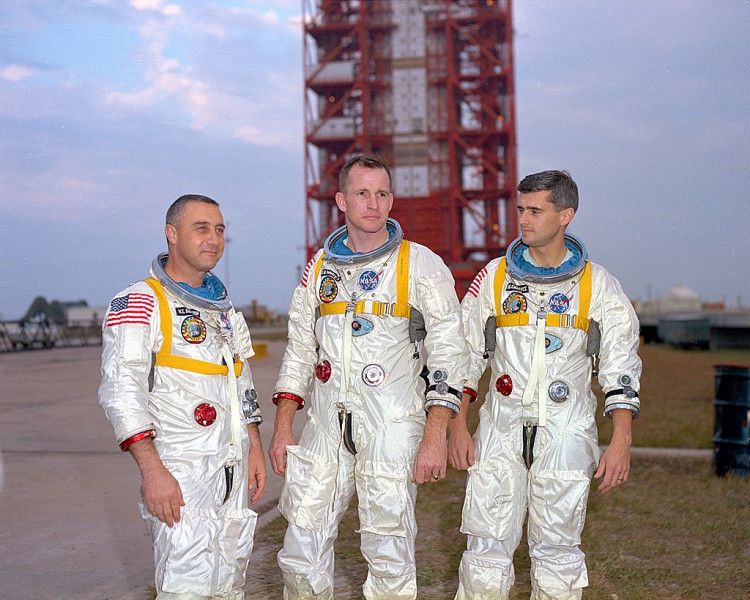During NASA's annual "Day of Remembrance" on Jan. 27, the agency paused to mourn the lives lost in the quest for space exploration.
The 55th anniversary of the Apollo 1 fire on Jan. 27, 1967 is commemorated in this year's edition. Two other somber anniversaries occur in the next six days: the Challenger shuttle disaster on Jan. 28, 1986, and the Columbia shuttle accident on Feb. 1, 2003.
During a launchpad test, the Apollo 1 fire killed NASA astronauts Gus Grissom, Roger Chaffee, and Ed White. The cause of the fire was never determined with certainty, but inadequate wiring and an oxygen-rich environment both contributed to the situation. The astronauts were rehearsing for the Apollo program's first crewed launch: an Earth-orbiting mission designed to train the system for future flights to the moon.
The Challenger exploded just over two minutes after launch, killing seven astronauts. The technical cause was primarily due to a fault in a booster joint known as an "O-ring." The crew included commander Francis "Dick" Scobee, pilot Mike Smith, mission specialists Judy Resnik, Ellison Onizuka, and Ron McNair, and payload specialists Greg Jarvis and Christa McAuliffe, who was set to be the first teacher in space.
The Columbia space shuttle disintegrated upon reentry owing to wing damage caused by foam falling off a launch system component. The heat shield of the shuttle was harmed as a result of the damage. Commander Rick Husband, commander, pilot William McCool, payload commander Michael Anderson, mission specialists David Brown, Kalpana Chawla, and Laurel Clark, and Ilan Ramon, an Israeli Space Agency payload specialist, were all killed in the disaster.
As NASA prepares to send humans back to the moon with the Artemis mission, the agency must remember the lessons of past space accidents, particularly those involving deaths.
Both NASA and Lockheed Martin told Space.com that safety is a primary priority as they develop the Orion spacecraft and other equipment that will launch astronauts into space in 2023. According to them, Apollo 1 is part of a network of "lessons learned" from previous flights aimed at making today's astronauts' journeys safer.
NASA's safety procedures also apply to its commercial crew program, which transports astronauts to the International Space Station in private SpaceX and (soon) Boeing taxis. A senior NASA official in 2021, for example, cited Challenger as one prominent example of a safety learning moment still remembered by engineers a generation after the shuttle disintegrated.
Here is a list of Day of Remembrance ceremonies taking place across the country. Because of the ongoing coronavirus pandemic, all festivities are closed to the public and the media; however, NASA will publish images from several ceremonies once they end.






